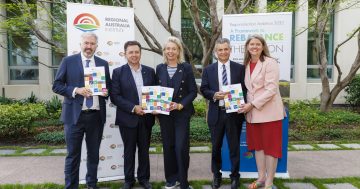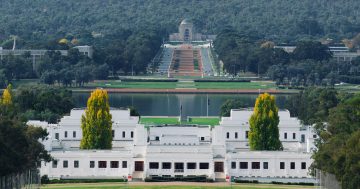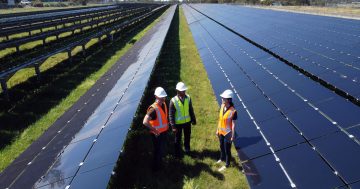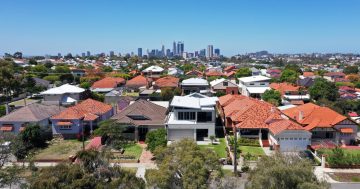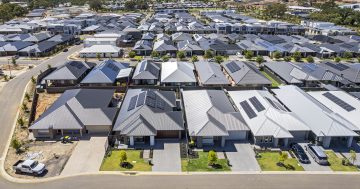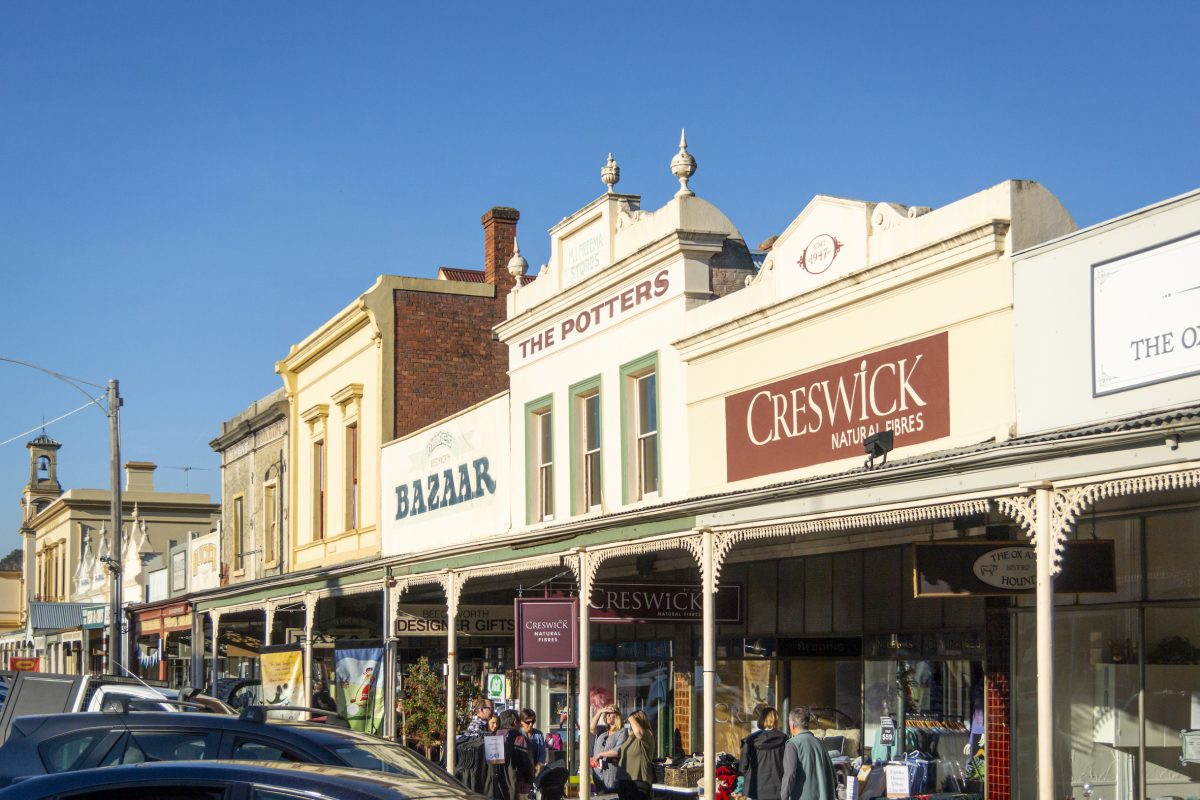
More Australians are turning their backs on the city to embrace country life. Photo: smartin69.
As city house prices continue to rise and interest rates remain painfully high, the Regional Australia Institute (RAI) is making it easy for potential tree-changers to find more affordable options.
This week, the RAI unveiled an online tool labelled the Good Life Guide that compares aspects of liveability in local government areas (LGAs) across the country including median income and median house price and calculates a price-to-income ratio to gauge affordability.
The guide also offers insights into economic diversity, services, community factors and proximity to national parks and beaches.
RAI CEO Liz Ritchie said the new tool enabled users to weigh their current situation against cost-of-living-pressures and consider what life could look like elsewhere.
“In the City of Canterbury-Bankstown in Sydney, the median home price is $981,000, which is 17.4 times the median income of just over $56,000,” she said.
“In the NSW regional city of Tamworth, where the median income is around $60,000 and the median home price is $500,000, you’re looking at a price-to-income ratio of 8.3 – that’s a big difference.”
NSW’s largest inland city, Wagga Wagga has a median house price of $579,000 and a price-to-income ratio of 9.3 compared to the nearby Yass Valley with a median house price of almost $1 million and a ratio of 12.4 when measured against an average income of around $77,000.
On the coast, Kiama’s median house price of $1 million and median wage of $63,000 delivers one of the state’s highest price-to-income ratios of 21.9 compared to neighbouring Shellharbour with a price-to-income ratio of 12.5.
“The Good Life Guide highlights that many people can earn a comfortable living outside of Australia’s biggest cities, as well as get on a realistic path to home ownership,” Ms Ritchie said.
“In many regional communities, you can earn a similar if not larger income than in a metropolitan area and find more affordable housing.”
While the surge of city leavers was highlighted during the pandemic, Ms Ritchie said that the data from RAI’s Regional Movers Index suggests a “new era of internal migration”.
In the last quarter to June 2024, 27 per cent more people moved from cities to regions than the other way around.
“This analysis is clearly showing the population movement we’re seeing is a sustained new trend, that is higher than pre-Covid migration patterns. The regional Australia we have now, is quite different to the regional Australia of five years ago,” Ms Ritchie said last month.
“The emergence of this new era signifies how important the regions are to the future of our nation.”
Ms Ritchie warned that population shifts into regional Australia had put pressure on housing availability and services in some areas, so it was important to get the full picture when weighing up a move.
“Regional Australia is not homogenous, and whilst many areas have available housing, other places do need more properties to keep up with demand. But to build those homes we need skilled workers, and to train those skilled workers, they need access to education institutions,” she said.
“We need to look at these issues holistically to ensure the regions, which are now home to nearly 9.8 million people, have the infrastructure, services and support they need to thrive.”
With more than 70,000 jobs advertised online each month in regional Australia, Ms Ritchie said governments needed to make sure they looked beyond the metro areas when addressing the housing shortage.
“The future will be made in regional Australia – but it cannot and will not happen without adequate foundations, and the time to lay them is now.”
Original Article published by Chris Roe on Region Riverina.


